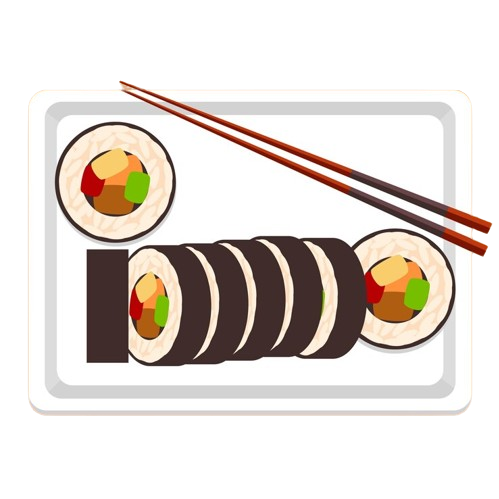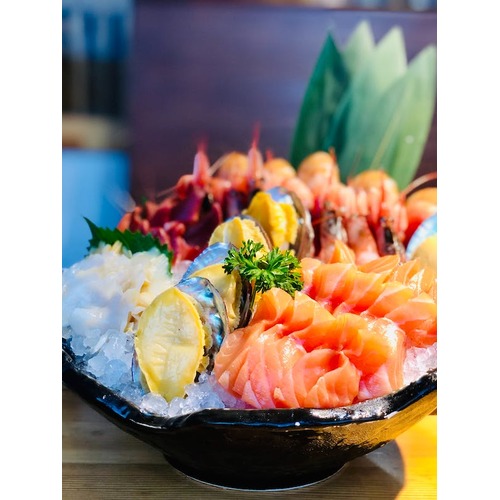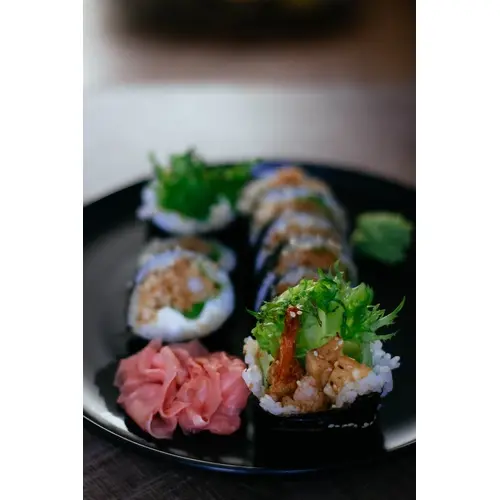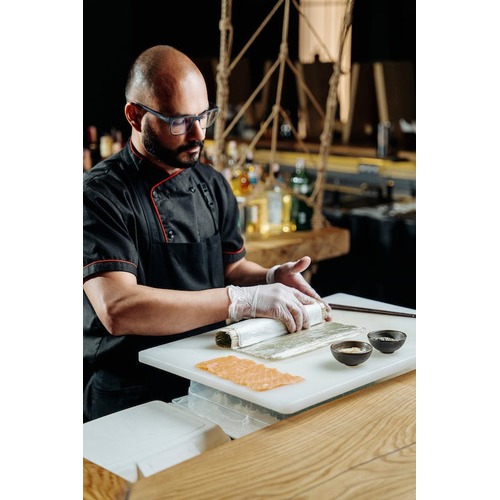10 Quick Facts About Sashimi in 2022!

Sashimi is a raw meat or fish dish constructed of very thin slices. In Japanese restaurants, it is frequently offered as an appetizer. Sashimi has grown in popularity in the United States in recent years and is predicted to expand more during the next decade. Here are 10 quick facts about sashimi that you should know!
1. Sashimi Is A Traditional Japanese Dish That Dates Back Centuries.
Sashimi was originally created as a way to preserve fish. The practice of eating raw fish began in the Edo period in Japan (1603-1868), when sushi was first introduced to the country.
Sashimi became popular in the United States in the 1980s, when Japanese cuisine began to gain popularity outside of Asia. Today, sashimi is enjoyed by people all over the world and can be made with a variety of different meats and fish.
2. Sashimi Is Made With Very Thinly Sliced Raw Meat Or Fish.
The word sashimi comes from the Japanese words “sashi” and “mimono”, which mean “pierced body” and “to cut lengthwise”, respectively. Sashimi is typically made with fish that has been caught fresh and then frozen, to ensure that it is of the highest quality.
The slicing of the meat or fish for sashimi is done with a very sharp knife, in order to get thin, even slices. The thickness of the slices can vary depending on the type of sashimi being made.
3. Sashimi Is Usually Served As An Appetizer.
Sashimi is typically served as the first course in a traditional Japanese meal. It is often served with soy sauce and wasabi, and may also be garnished with green onions or radishes.
Sashimi can also be enjoyed on its own as a light meal or snack. In recent years, sashimi has become increasingly popular as an appetizer in Western restaurants. Appetizers are small dishes that are eaten before a meal. They are designed to whet the appetite and prepare the stomach for the upcoming food.
4. Sashimi Is A Healthy Dish.
Sashimi is a very healthy dish, as it is low in calories and fat. Additionally, sashimi is a good source of protein and omega-three fatty acids. Omega-three fatty acids are beneficial for the heart and brain. They can also help to reduce inflammation throughout the body.
Sashimi is also rich in vitamins and minerals, including vitamin B12, selenium, and iodine. Vitamin B12 is important for the formation of red blood cells, while selenium helps to protect cells from damage. Iodine is necessary for proper thyroid function. Due to its health benefits, sashimi has been gaining popularity as a “superfood” in recent years.
5. Sashimi Is Typically Made With Tuna, Salmon, Or Other Types Of Fish.
While there are many different types of fish that can be used for sashimi, some of the most popular include tuna, salmon, and snapper. Tuna is a very popular choice for sashimi due to its rich flavor and firm texture. Salmon is also a popular choice, as it is a fatty fish that has a lot of omega-three fatty acids. Snapper is another common type of fish used for sashimi due to its delicate flavor.
Other less common types of fish that may be used for sashimi include yellowtail, mackerel, and eel. Sashimi can also be made with octopus, squid, shrimp, and other types of seafood.
Meat can also be used to make sashimi. Beef, chicken, and lamb are all common choices. Horse meat is also sometimes used for sashimi in Japan. Sashimi is typically served with soy sauce and wasabi.
6. Sashimi Is Often Confused With Sushi.
Sashimi and sushi are often confused, as they are both Japanese dishes that typically consist of raw fish. However, there are some key differences between the two dishes. Sushi is made with vinegared rice, while sashimi is not. Sushi also typically contains other ingredients, such as vegetables and fruits, while sashimi does not.
7. Sashimi Originated In Japan.
Sashimi is a traditional Japanese dish that has been around for centuries. It is believed to have originated in the Heian period, which lasted from794 to 1185. During this time, fish was typically preserved by being buried in the ground and covered with rice straw. This method of preservation allowed the fish to be eaten raw.
The first recorded instance of sashimi being served as a meal was in the year 1190, when Fujiwara no Michinori was given sliced horse meat as a gift. Sashimi became more popular in the Edo period, which lasted from 1603 to 1868. During this time, sushi was also developed.

https://youtube.com/watch?v=m_gkIz_6LwU%3Fcontrols%3D1%26rel%3D0%26playsinline%3D0%26modestbranding%3D0%26autoplay%3D0%26enablejsapi%3D1%26origin%3Dhttps%253A%252F%252Fwww.kimonorestaurants.com%26widgetid%3D1
https://youtube.com/watch?v=gWGoHAFsbfw%3Fcontrols%3D1%26rel%3D0%26playsinline%3D0%26modestbranding%3D0%26autoplay%3D0%26enablejsapi%3D1%26origin%3Dhttps%253A%252F%252Fwww.kimonorestaurants.com%26widgetid%3D3
8. Sashimi Is Usually Made With Fresh Fish.
In order to make sashimi, the fish must be very fresh. This is because the fish is not cooked, so any bacteria or toxins that may be present could potentially make someone very ill. For this reason, sashimi is typically only made with fish that has been caught within the past day or two.
The fish must also be properly cleaned and gutted before it can be used for sashimi. The flesh of the fish must then be cut into thin, even slices. Sashimi can also be made with frozen fish, although it is not as common. Frozen fish can sometimes have a less than ideal texture and flavor. Frozen tuna is often used for sashimi, as it is a very common type of fish.
9. You Can Make Sashimi At Home.
If you want to try making sashimi at home, it is important to start with fresh, high-quality fish. It is also important to make sure that the fish is properly cleaned and gutted before slicing it into thin pieces. Once you have sliced the fish, you can serve it with soy sauce and wasabi for dipping, or with rice, noodles, or vegetables.
10. Sashimi Can Be Dangerous If Not Prepared Properly.
If sashimi is not prepared properly, it can be dangerous to eat. This is because the fish used for sashimi must be very fresh, and any bacteria or toxins that may be present could potentially make someone very ill. For this reason, sashimi should only be made with fish that has been caught within the past day or two. The fish must also be properly cleaned and gutted before it can be used for sashimi.
Sashimi is a traditional Japanese dish that has been enjoyed for centuries. It is typically made with fresh fish, and it can be served with soy sauce and wasabi or rice, noodles, or vegetables. If you want to try making sashimi at home, be sure to start with fresh, high-quality fish.



